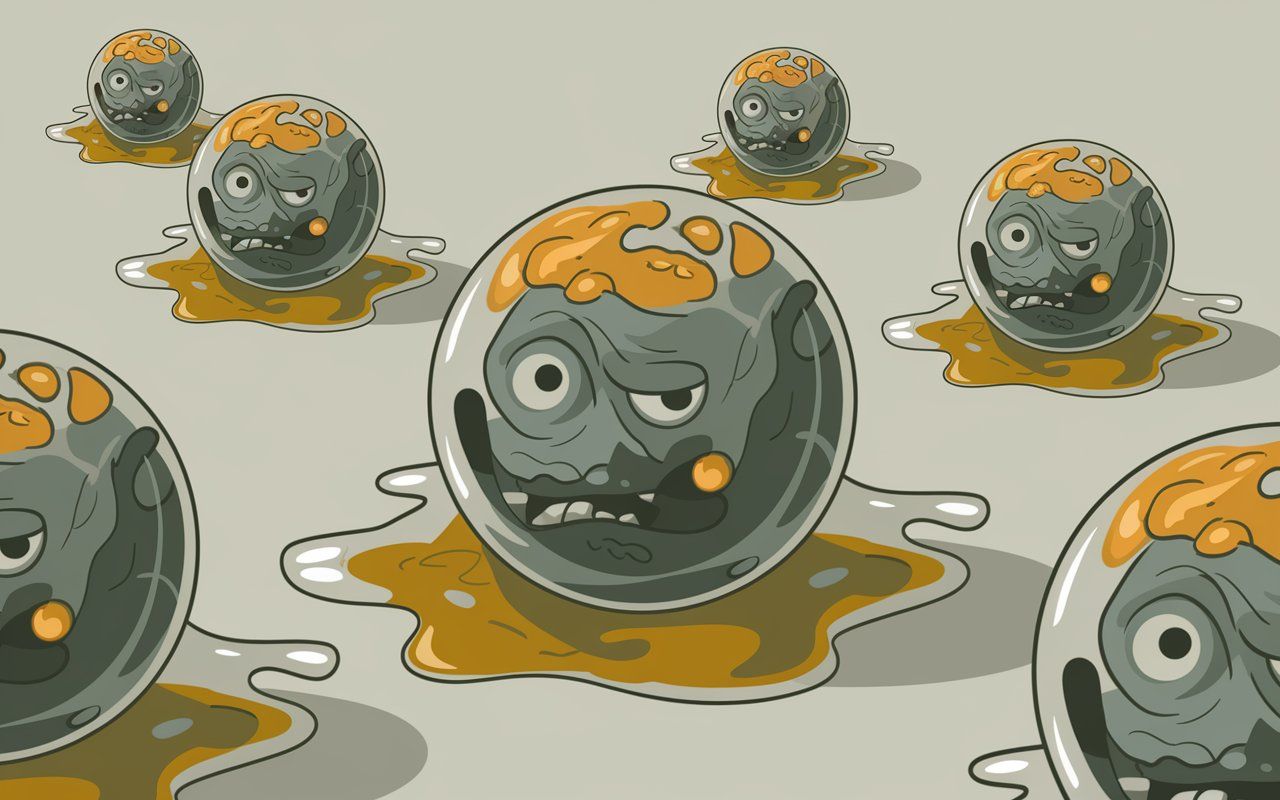Other than life and death: a "third state" discovered by scientists
Published by Cédric,
Author of the article: Cédric DEPOND
Source: Physiology
Other Languages: FR, DE, ES, PT
Author of the article: Cédric DEPOND
Source: Physiology
Other Languages: FR, DE, ES, PT
Follow us on Google News (click on ☆)
A team has discovered that cells from dead frog embryos can self-organize into organisms called "xenobots." These entities, born from death, exhibit unexpected abilities.

Xenobots, created in the lab, move using cilia, which in frogs are typically used for mucus. They display entirely new and unpredictable behavior. In other experiments, human lung cells have been transformed into "anthrobots." These cells not only move but can repair damaged neural cells, without any human intervention.
This phenomenon, termed the "third state," challenges traditional biological frameworks. Neither fully alive nor entirely dead, it suggests extraordinary cellular plasticity. Postmortem cells, under certain conditions, exhibit signs of activity. Research has shown that cells from mice and sheep can be cultured for days, even weeks, after the organism's death.
This resilience seems to be influenced by several factors: environmental conditions, metabolism, and intrinsic cellular mechanisms. Cryopreservation, for example, allows cells and tissues to survive beyond their typical lifespan.
But how do these cells continue to communicate after death?
Some researchers believe bioelectric signals may be responsible for this communication and their transformation into multicellular entities. These discoveries offer exciting prospects for medicine, particularly in the development of personalized treatments. One day, anthrobots could be used to target and heal diseases without triggering immune rejection.
What is the "third state" of cells?
The "third state" refers to a new phase where cells from dead organisms continue to function and transform. Neither alive nor fully dead, they self-organize into multicellular structures. This phenomenon disrupts the conventional boundaries between life and death.
This ability is based on cellular plasticity, a concept that describes how cells adapt to new environments. In the lab, dead cells can give rise to functional entities with novel properties, such as movement or replication without growth.
The "third state" is intriguing to researchers, as it opens promising avenues for medicine. By using reanimated cells, it might be possible to develop new personalized treatments, capitalizing on this capacity to reorganize cells after death.